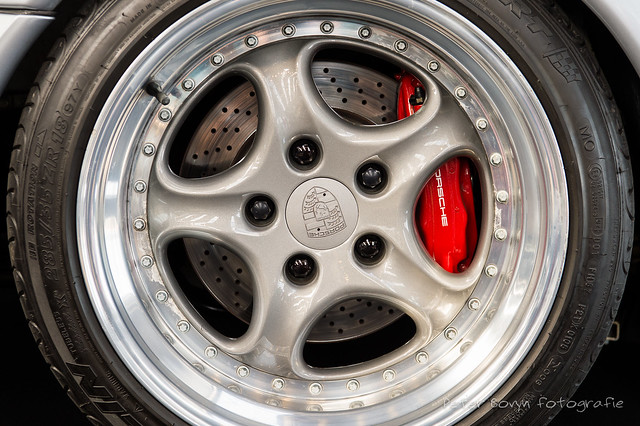The Benefits of a Dehumidifier
A dehumidifier helps you keep molds, mildew and musty odors out of your home. It also reduces allergies and breathing problems.
A dehumidifier can help you save energy by reusing the water it collects in its bucket. While the water is not suitable for drinking, it can be used to iron clothes or water houseplants.
Environmentally friendly
Dehumidifiers remove moisture from the air, preventing mildew and mold from growing in damp rooms. This reduces fungal spores that irritate the respiratory systems of vulnerable people, especially children and the elderly, and can contribute to allergies, asthma, and other diseases. They also prevent moisture damage to buildings and equipment, and help preserve artifacts and paintings.
However, traditional dehumidifiers use a large amount of energy to operate. This has a negative impact on the environment and raises electricity bills. Solar-powered dehumidifiers use the power of the sun to eliminate excess moisture from the air, reducing energy usage and carbon emissions.
These devices have a heat pump that uses solar energy to warm the desiccant material, which is then used to extract moisture from the air. The resulting water is collected in a bucket and can be recycled. Some dehumidifiers are fitted with a dehumidifier filter that captures the moisture and dries it out. Vacuuming before using the device is recommended, as this will keep dust from spreading around the room and clogging the filter.
Some dehumidifiers are equipped with a sensor that detects high humidity levels and automatically shuts off the unit. These units are more expensive than regular dehumidifiers but they save energy by avoiding unnecessary operation. Some models can be tied into the home’s plumbing so that extracted moisture drains away without having to empty a water basin. Other dehumidifiers are larger and use the home’s HVAC system to pull in humid air and blow out dry air.
Energy efficient
Energy-efficient dehumidifiers have lower fan speeds than other types of dehumidifiers, which allows them to capture moisture from the air without wasting energy. They also have LED screens that show you how much humidity they’re removing and how long they can run before your electricity bill will increase. They can stay on for up to 12 hours a day, depending on how damp the room is.
Besides lowering your energy bills, these devices help to preserve the structural integrity of your home and prevent expensive furniture damage caused by excess humidity. In addition, they can reduce the amount of mold spores that enter your home’s air, making them a healthier alternative to conventional heating and cooling systems.
A dehumidifier can be used in a wide variety of environments and applications. It uses a refrigerant to cool down the air and a hygrometer to measure humidity levels. It is an efficient way to remove excess humidity in a home or office, and it is less expensive than purchasing a whole-house system.
Most dehumidifiers are designed to work best in a range of temperatures and humidity levels, so it’s important to know the conditions of your home or workplace before choosing one. The ideal temperature for a dehumidifier is between 60 and 75 degrees Fahrenheit. If the environment is too hot, it will struggle to reach the dew point and will create ice on its coils. It will also need to continuously go through a defrost cycle, which is a waste of energy.
Noise-free
Unlike refrigerators, which produce a low hum and can be a nuisance in some homes, dehumidifiers are relatively quiet. This is especially true if they are Energy Star rated. However, this does not mean that they are entirely noise-free.
Dehumidifiers generate two main types of sound: compressor buzz and fan noise. The former can be masked by surrounding the cabinet with 3/4″ plywood on four sides, fastening it together while leaving the access door open for filter changes. This can reduce the noise by 50% or more. In addition, you can use acoustic foam or drywall to further reduce noise from the compressor.
Another way to make your dehumidifier quieter is to cover it with a thick carpet or rug. This will minimize vibrations from the dehumidifier, and it will also absorb any sounds that might be emitted by its fan. This strategy is particularly effective if you have hardwood floors, as it will reduce vibrations and noise that might be transmitted through them.
Another way to minimize dehumidifier noise is to purchase a model that uses Peltier technology instead of a compressor. This unit will not produce any compressor or fan noise and is incredibly quiet, even at high speed. It is also a great choice for small spaces such as closets and crawl spaces. It is available at most home improvement and pet stores, and it is easy to move around the house if necessary.
Low maintenance
A dehumidifier sucks the air around it, running it over cold coils that cause condensation and then dehumidifier vendors draining that moisture into a bucket or out into a hose. They’re ideal for areas of the home or workplace that are prone to excessive humidity. Moisture in the air can cause wood furnishings to warp and lead to peeling paint or wallpaper. By using a dehumidifier in these areas, you can preserve the longevity of your possessions and also prevent the growth of mold.
When shopping for a dehumidifier, you should look for one with a removable bucket and an air filter that’s easy to clean. Most models have a water-level sensor that warns you when the tank is about to overflow. These sensors help you keep your space in optimal shape by eliminating the need for emptying and refilling the bucket.
In addition to a removable bucket, you should also look for a dehumidifier with an easy-to-read digital display that lets you see how much the unit is drying. Most units have multiple speeds, giving you more control over how humid your room is. You should always unplug the machine before opening it for cleaning or to empty the bucket.
A dehumidifier will help you save money on utilities by lowering your energy consumption. The unit will also reduce the amount of mold in your house, which is a serious health issue for some people. Mold can cause allergies and also attract certain types of insects.

